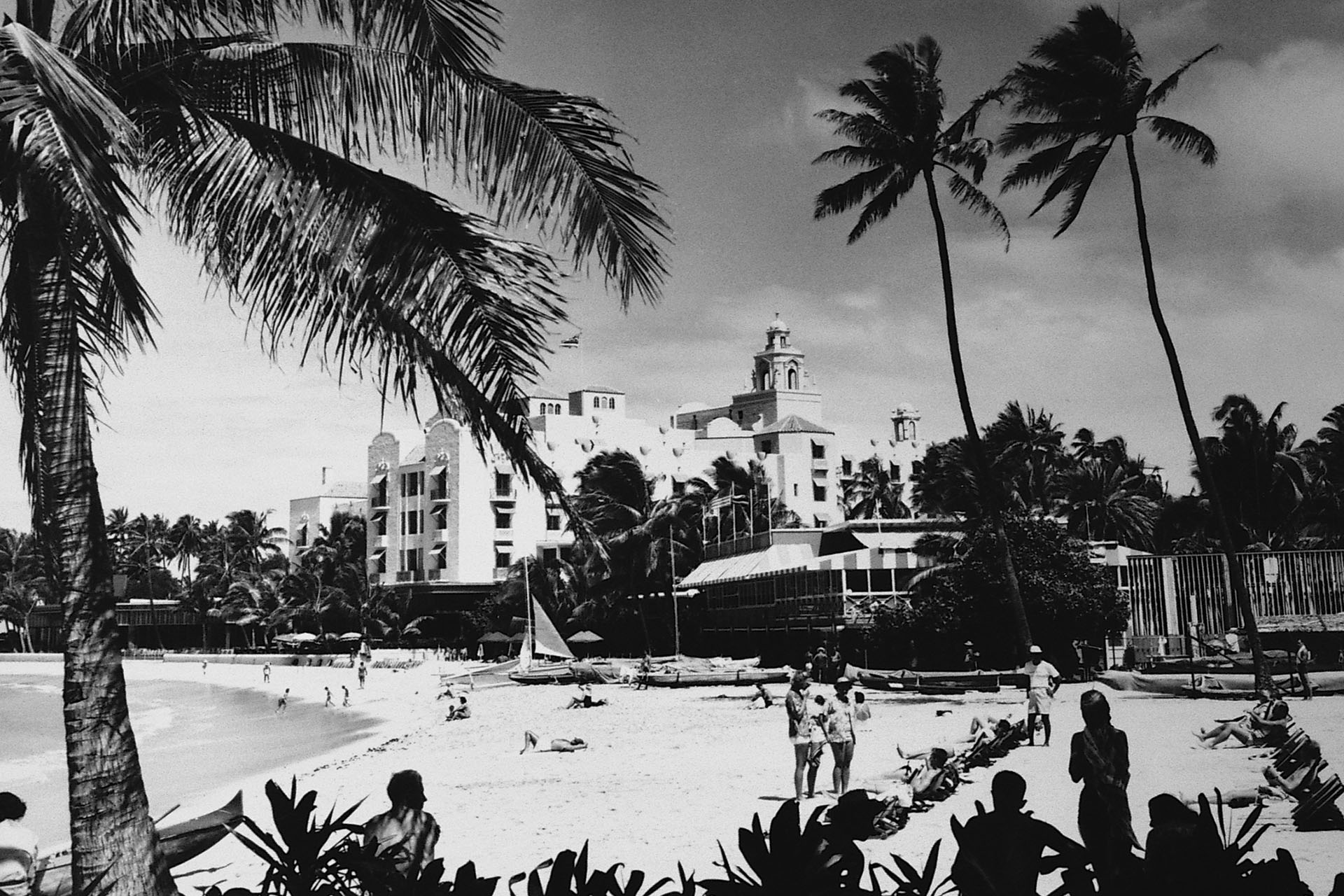A Look Back In Time
By WATG
April 21, 2011
As part of our 70th Anniversary celebration, we’ll be revisiting past articles and interviews of our founders and past employees of WATG. The following is an article written by Pete about the origin of WATG. The article was originally published in the December 1986 issue of Hawaii Architect when the firm was known as Wimberly Whisenand Allison Tong & Goo.
At the end of World War II, there was a great backlog demand for buildings of all sorts. During the four years of war, only essential or defense-oriented projects were allowed.
There was some housing built as it was felt that these contributed to the war effort. The regulations, if I remember correctly, were 800 square feet for a two-bedroom house and 1,000 square feet for a three-bedroom house. Additionally, if you chose to build out of concrete block, which was made locally and did not require shipping space, you were allowed an extra 10 percent.
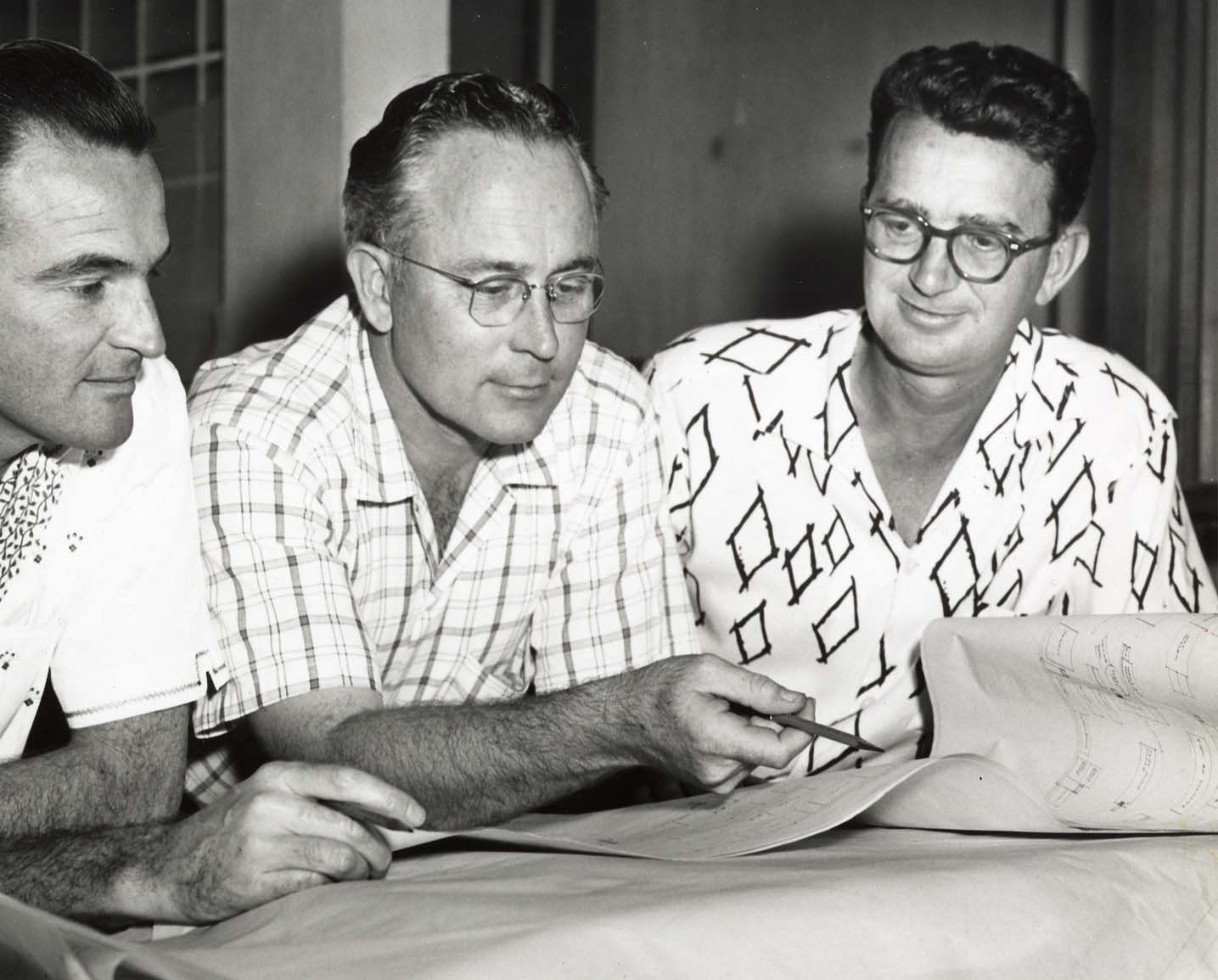
Most of the architects at the time were not hurting because they were all doing defense work, either as private practitioners or as direct employees of the Armed Forces. As I recall, when V-J Day was announced, I left the Navy Yard and never went back, except to pick up my pay check. I had an agreement with Howard Cook, who was working on Tripler Hospital, that I would set up an office and we would split the take, his salary and my fees 50/50. How we managed, I am not quite sure, even to this day.
After about a year and a half, our practice had become successful enough so Howard could quit his other job and become a full-time employee of Wimberly & Cook.
In the case of Wimberly & Cook, we had an advantage on everyone as Howard was a near genius when it came to producing drawings.
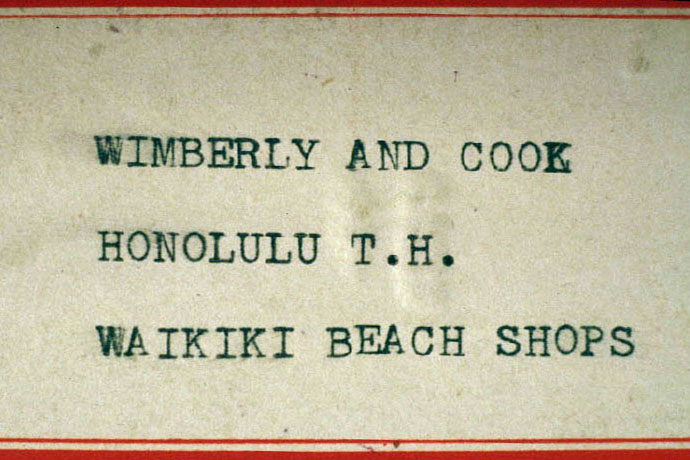
Fortunately, there was a great deal of work out there. Furthermore, I had the fortune to know Gardner Dailey on the mainland. He selected me as the local architect for the remodeling of the Royal Hawaiian Hotel. This was a matter of self-defense on his part, as he knew I had no local clout and would not be in a position to take revenge. With this prestigious commission, we suddenly had credentials and were able to pick up other worthy jobs.
The biggest problem facing all of the architects at the time was production. In the case of Wimberly & Cook, we had an advantage on everyone as Howard was a near genius when it came to producing drawings. He had been top man in the design section at Pearl Harbor. Howard knew all of the good local draftsmen who worked there and their capabilities, as well as knew how much they wanted to quit the Navy to come and work for us. As a result, we became well-known and liked by the builders and developers throughout Honolulu and neighboring Islands. This contributed greatly to our building a good practice.
How we managed, I am not quite sure, even to this day.
Another item that contributed to our success as architects during those times, was the fact that there was a lot of work available, and the local architects were very gracious in their acceptance of Howard and me as malihini haoles. The AIA in my experience, has been able to recognize good architects and encourage them to stay in Hawaii. In my estimation, it is this reason that Hawaii, as a state, has better quality architecture than any other area in the nation.
Latest Insights
Perspectives, trends, news.
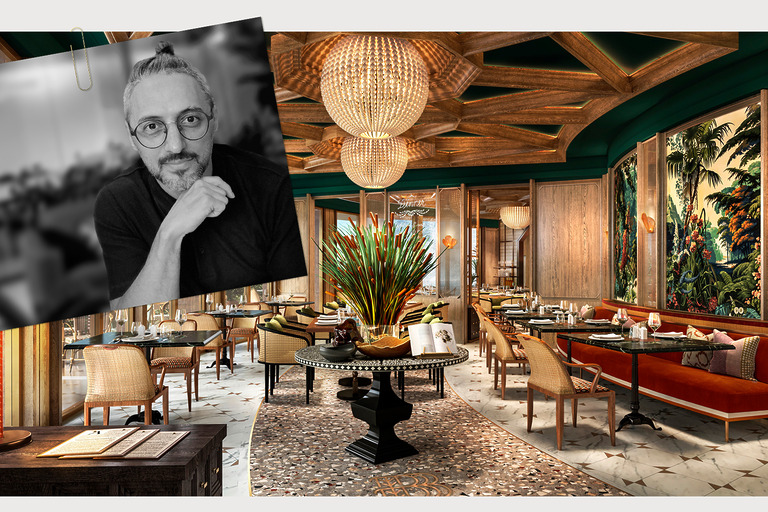
- Employee Feature |
- Inside WATG
Design Discourse: 5 Words of Inspiration
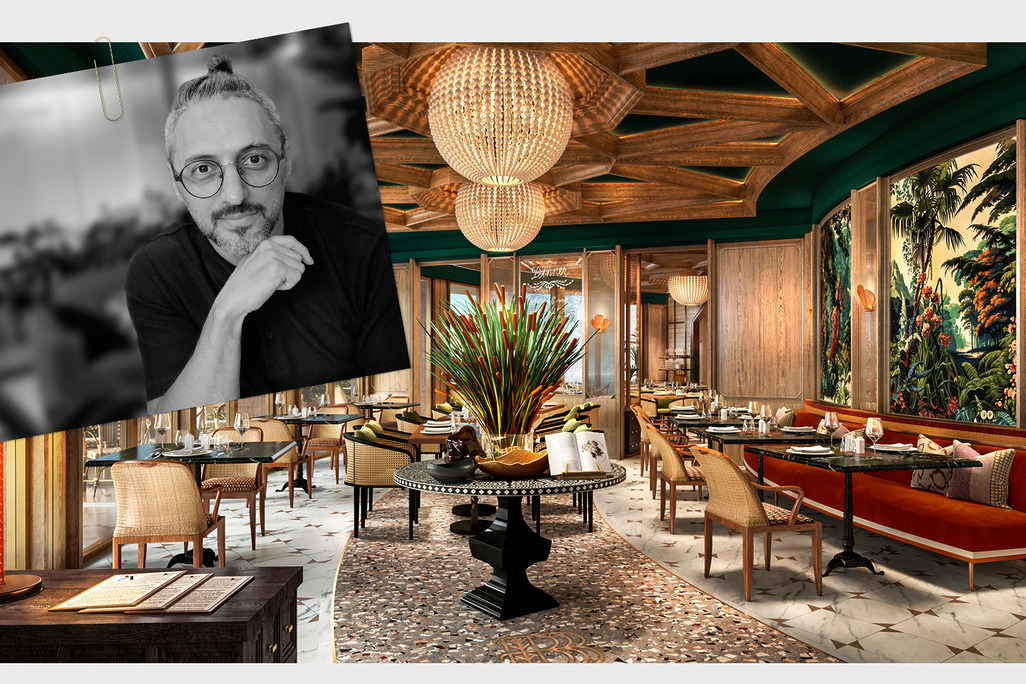
- Employee Feature |
- Inside WATG
Design Discourse: 5 Words of Inspiration

- News
Biocultural Conservation: Bridging Science and Design

- News
Biocultural Conservation: Bridging Science and Design

- Strategy & Research
Wimberly Interiors’ Interpret British Design: Eclectic, Modern with a Twist, Bespoke

- Strategy & Research
Wimberly Interiors’ Interpret British Design: Eclectic, Modern with a Twist, Bespoke

- Employee Feature
In Conversation: Sean Harry & Dan Hinch: The Intersection of Digital Practice & Landscape Architecture.

- Employee Feature
